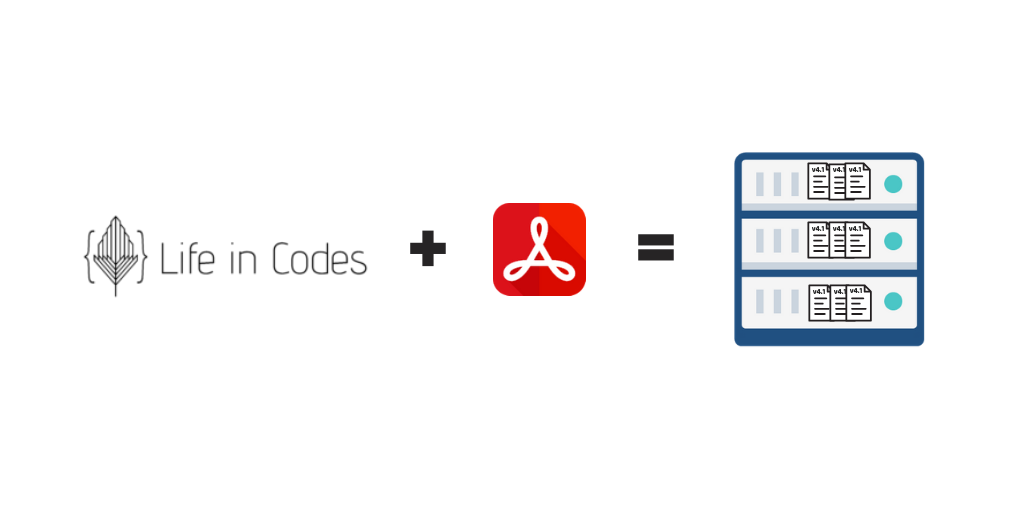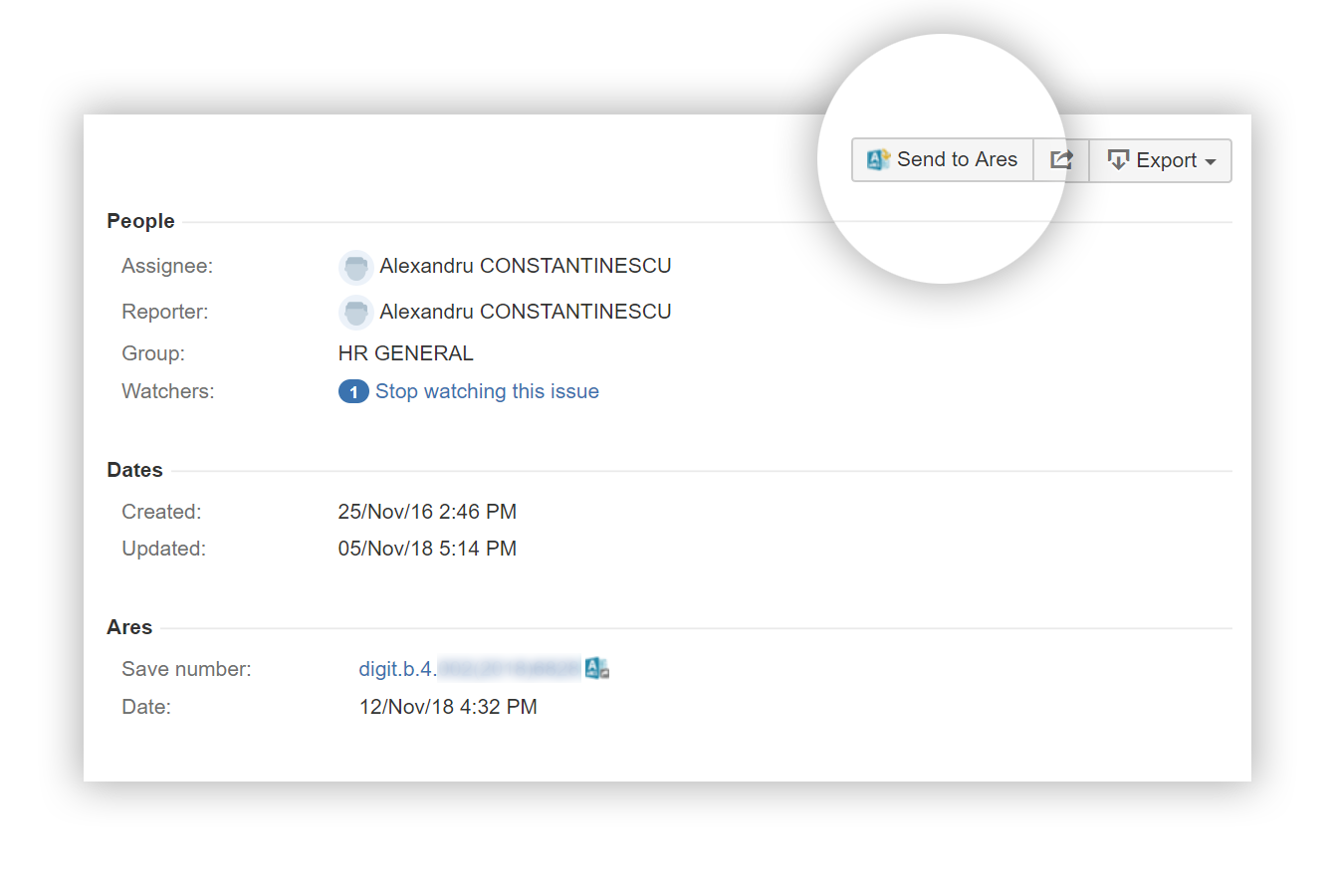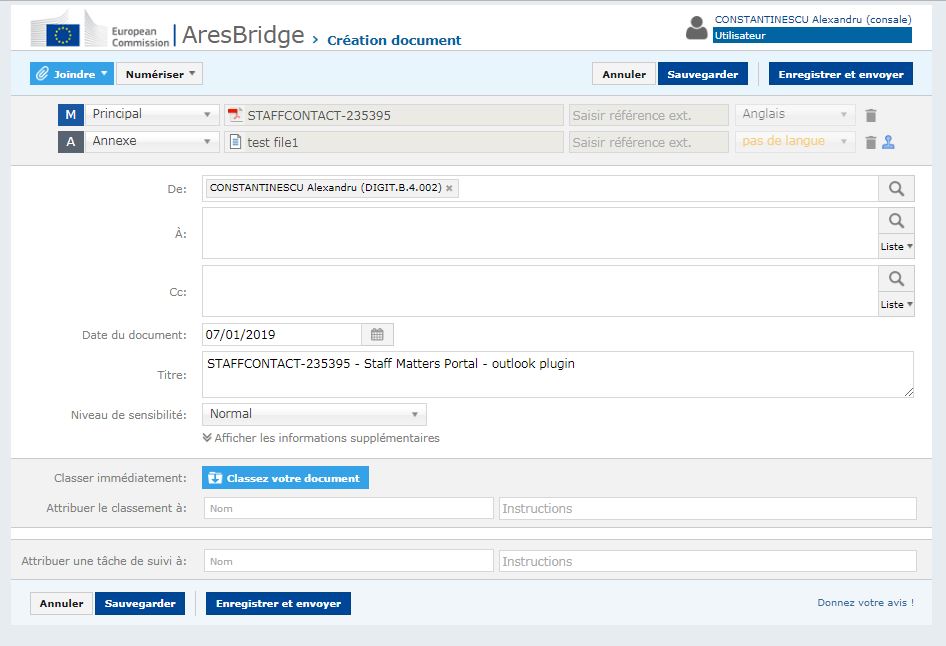Previously, we collected the available options for archiving Jira issues and projects on Jira Cloud, Server, and Jira Data Center. One of the most sophisticated and effective options we suggested to archive Jira issues was exporting to PDF. We recommended building a searchable database in a dedicated document management system.
The below story is a real-life implementation of this method of handling Jira archive issues. It was delivered by Life in Codes, a Solution Partner from Romania.
Archive Jira issues to improve system performance
If you have 32,000 active users creating a million Jira issues a year, you will need a long-term solution to archive Jira issues. That's what happened at a major government entity with a leading role in the bureaucratic system of the European Union's institutions.
The Jira archiving solution came from a resourceful and experienced Atlassian Solution Partner, Life in Codes. We asked Alexandru Luchian Constantinescu, founder, and lead Atlassian consultant, about how they connected Ares, a legacy document management system, with Jira and created a solution to archive Jira issues.
Alexandru, tell us a bit about Life in Codes! What makes you different?
Life in Codes is a Romanian Atlassian Silver Solution Partner with an international team and clients in Eastern Europe, the Benelux area, and the USA. We work with small, medium, and large enterprises, as well as with public sector organizations.
Our focus is currently on business teams using Jira and/or Confluence. Our services range from installation and upgrade of the Atlassian suite, consultation, configuration to technical support and custom development.
You created a system to archive Jira issues into a document management system. Can you tell us more about this project?
The client is a large government organization with around 32,000 people. They are using their own in-house developed document management system across the entire institution. It offers basic capabilities for managing documents, like filing, preservation, indexing, and search of content. It manages access rights and also functions as long-term storage of documents coming from all applications.
So in summary, documents are stored centrally regardless of how they are processed or which department they belong to. This, in turn, ensures secure access, avoids any duplication, and facilitates information sharing.
At the same time, many teams also use Atlassian tools.
One of these teams, for example, is HR. They use Jira to handle all questions coming from the staff (salary-related questions, medical insurance inquiries, pensions or other benefits, etc.). The web form on their website is the front-end and questions are channeled right into Jira via the REST API.
This is often sensitive data. Also, more than 100,000 Jira issues are created yearly. You can imagine that a lot of old issues pile up pretty fast, stuffed with sensitive personal data.
To keep the instance clean and comply with data privacy rules, the policy is to delete all Jira issues after one year. Before deleting Jira issues in bulk, they should be archived directly into the document management system for statistical purposes.
They asked to integrate Jira with the legacy document management system to archive Jira issues.
How does your Jira issue archiving solution work?
As our solution, we created a custom Jira app that is offering the following components:
- A configuration page where URL, credentials, and other parameters can be provided.
- A button on the Jira issue view that sends the PDF export of the currently viewed issue (including attachments) to the document management system.
The integration uses Better PDF Exporter to conveniently export the Jira issue to PDF before sending it to the document management system The user is also redirected to be able to make some changes there. For example, they can change the title of the document (by default it's the Jira issue summary), maybe exclude some attachments, etc. When users export and send a document to the document management system, they can adjust additional parameters, like defining an addressee user, removing attachments, and so on.
- A panel on the Jira issue view that shows the latest activity in the document management system. It displays the date, registration number with a hyperlink and the user who did it.
- A history tab showing all the registrations with dates, hyperlinks, and authors. The Jira issue history tab contains information on who saved a document, created from this issue in the document management system.
- Built-in permission control to verify if the current user has the necessary access to both systems.
Why did you select Better PDF Exporter as part of your solution?
We needed a solution that exports the current Jira ticket under our terms:
- We need to reorder the Jira fields into subsections as we want them
- Some fields must interpret HTML, others should not
- Ability to easily add a corporate header with logo and other information
- Make sure the file is in a correct, verifiable format (the document management system is verifying the file headers as well)
Instead of reinventing the wheel, we integrated Better PDF Exporter for Jira into our app. It offers absolutely everything we listed above and also an API to access the exported PDF files we create.
Once we wired the PDF export functionality into our app, we added some controls to the user interface as well. On the configuration page, our users can select the Better PDF Exporter template they want to use for Jira issue archiving.
Better PDF Exporter allows the user to change or modify the template behind a particular PDF export type easily. It means that if users need to customize the content, layout, or branding on the PDF document, they can. If they want to add a new template, they have direct access to the resources in Better PDF Exporter.
What is your advice to anyone thinking about trying Better PDF Exporter as a Jira issue archiving solution?
Better PDF Exporter is great if you need to be able to fully customize your PDF exports, especially in a corporate environment.
For example:
- You don't have to worry about adding the company logo or other images to the header and footer, it will work.
- Internally created, complex custom fields can be exported properly.
- You can code in the PDF template how the values are interpreted, so any field with any kind of data type can be included.
Better PDF Exporter has already proved to be a top-quality PDF exporting app for Jira. Its features and flexibility are more and more utilized for archiving Jira issues and projects.
Start archiving Jira issues to PDF!
Are you planning to integrate PDF export feature into your app as well? Get in touch with us! We want to hear your story or questions, too!




